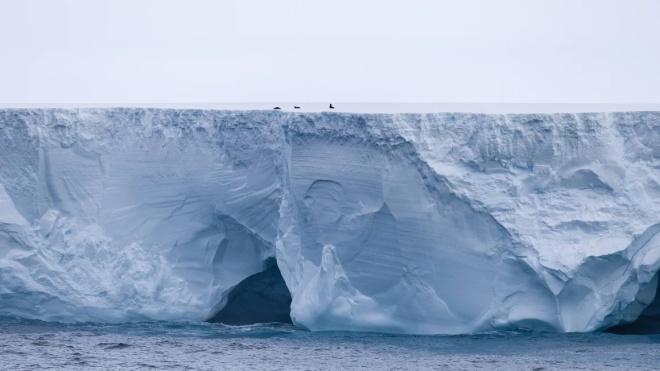The world’s largest iceberg ran aground

The world’s largest iceberg ran aground near a sub-Antarctic island in the South Atlantic belonging to Great Britain. Scientists believe that under the influence of warm waters it can gradually split and melt. About this informs British Antarctic Survey.
Iceberg A23a, weighing almost a trillion tons and covering an area of more than 3,000 square kilometers, broke off from the Filchner Ice Shelf in Antarctica back in 1986. After that, it remained at the bottom of the Weddell Sea for more than 30 years.
From 2020, A23a began to drift along the oceanic currents of the Southern Ocean, and in December 2024, it was caught in an eddy, where it rotated in place for some time. Recently, the iceberg started moving again, but for now it has stopped on a shoal 90 kilometers from the island of South Georgia.
According to British Antarctic Survey oceanographer Andrew Myers, A23a resembles “a towering wall rising out of the ocean and stretching from horizon to horizon.” The scientist noted that, according to satellite images, the iceberg still retains its structure. However, due to the influence of warm waters and waves, it may begin to break up into smaller fragments, as has already happened with other “mega-icebergs”.
“Large icebergs have moved far to the north before – one of them once came 1,000 km to the Australian city of Perth – but they all inevitably break up and melt quickly.” Myers concluded.





